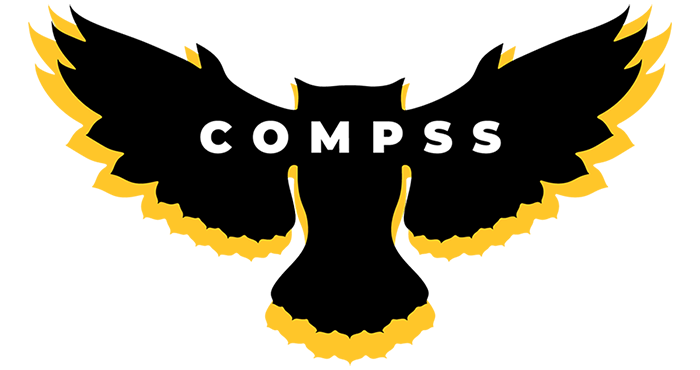|
As a reviewer . . .
As you begin writing your peer review, remember that your peer will benefit more from constructive criticism than vague praise. A comment like "I got confused here" or "I saw your point clearly here" is more useful than "It looks okay to me." Point out ways your classmates can improve their work.
- Step 1: Read your peer’s draft two times.
Read the draft once to get an overview of the paper, and a second time to provide
constructive criticism for the author to use when revising the draft.
- Step 2: Answer the following questions:
- Does the draft include an introduction that presents the topic and identifies important issues and questions about the topic? Does the writer explain why the topic is worth researching? Are the citations properly formatted? Point out any problems you notice on the draft.
- Are the sources all reliable? Are they varied?
- Does each annotation include . . .
- summary?
- evaluation of the sources and its writer’s research?
- information about how the source’s relationship to other sources?
- assessment of the source’s reliability?
- Are the annotations in the writer’s own words? Point out any passages that sound problematic.
- Does each annotation meet the assignment word count?
- What did you find most interesting about this draft?
- Step 3: Address your peer’s questions and concerns included at the top of the draft.
- Step 4: Write a short paragraph about what the writer does especially well.
- Step 5: Write a short paragraph about what you think the writer should do to improve the draft.
Your suggestions will be the most useful part of peer review for your classmates, so focus more of your time on these paragraphs; they will count for more of your peer review grade than the yes or no responses.
|
















